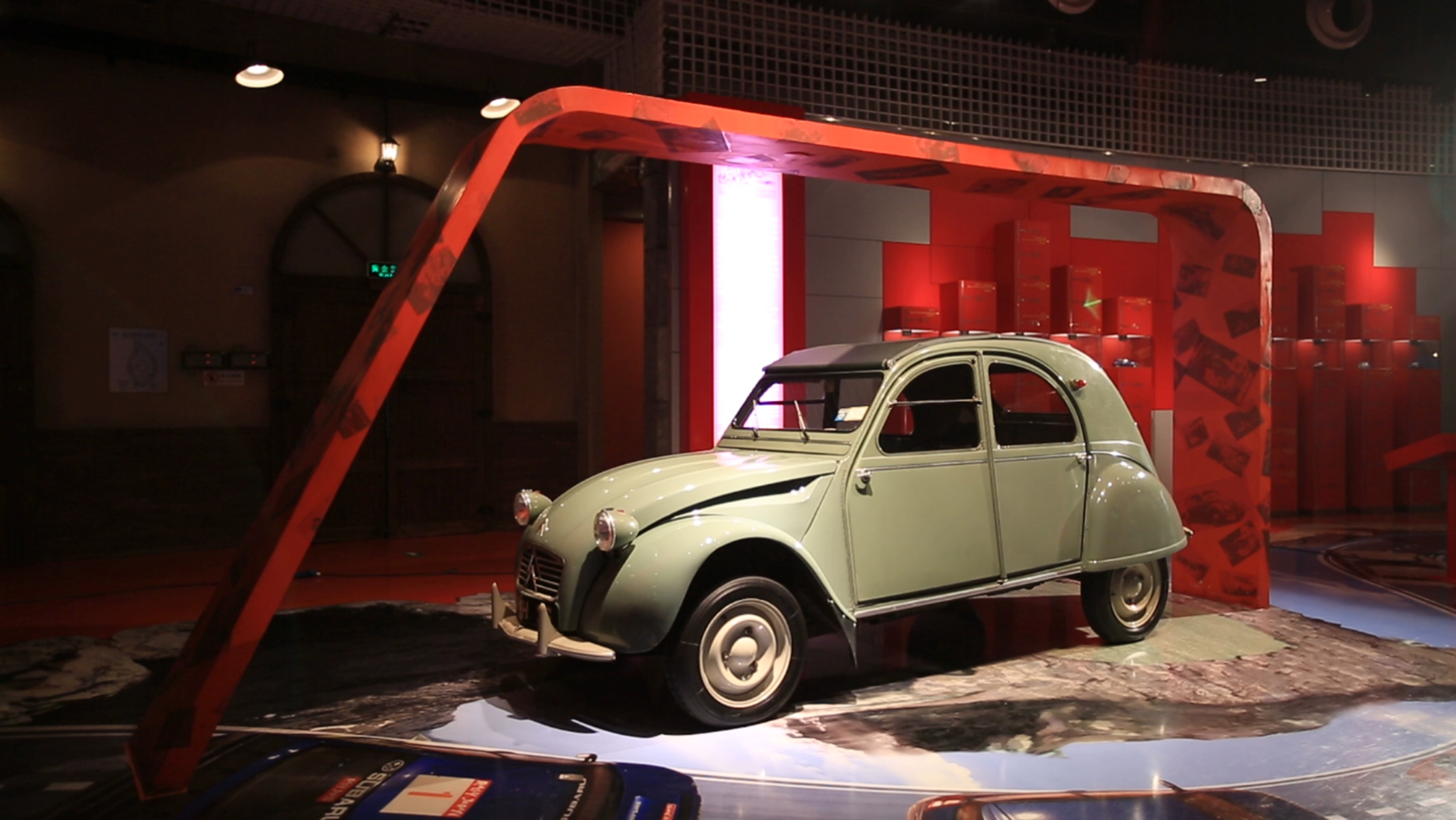-

Citroen 2CV France (1960)
2020-12-18 14:05Share to:
Detail
In the 1920s, Citroen gave up its original economy car line and concentrated on producing luxury cars with higher profit margins. But the limited demand led Citroen to bankruptcy in 1934, and then it was acquired by Michelin. At that time Michelin’s head Pierre Michelin noted that withdrawal from the economy car market was the reason why Citroen failed. He thus organized and conducted a market survey, which suggested that an economy model was much needed for the rural households who made up the majority of the population in France. Thus, to provide more workers and farmers with privately owned cars for labor and production, Citroen 2CV was developed and introduced in 1948. It was equipped a boxer engine with front-wheel drive and flexible suspension system, and a panoramic sunroof which was quite advanced then. This car can carry two farmers with 50kg of potatoes and 5kg of eggs. It only consumed 3 liter of gasoline to travel 140 km on the bumpiest rural roads in France, which made it the most cost-efficient car at the time. In addition, it was this model that made the front-wheel drive mode popular. From 1948 to 1990, more than 5.1 million cars were manufactured and sold. The Citroen 2CV displayed in the museum was produced in 1960, the mileage recorded on the odometer is 73,356km, all interiors are original and well preserved, and the internal machinery has not been renovated. It was collected in 2010 and is a third-class collection of the museum.


